The Dilemma of using vintage materials or copies
Some collage artist have difficulty in using original materials. Recently, someone posted this conflict they had over whether to use vintage materials, such as piano book pages from 1859 (recently purchased very inexpensively). The writer was considering whether she should make copies of her papers and use those, instead of using the originals. I wanted to share my thoughts about the dilemma of using vintage materials or copies.
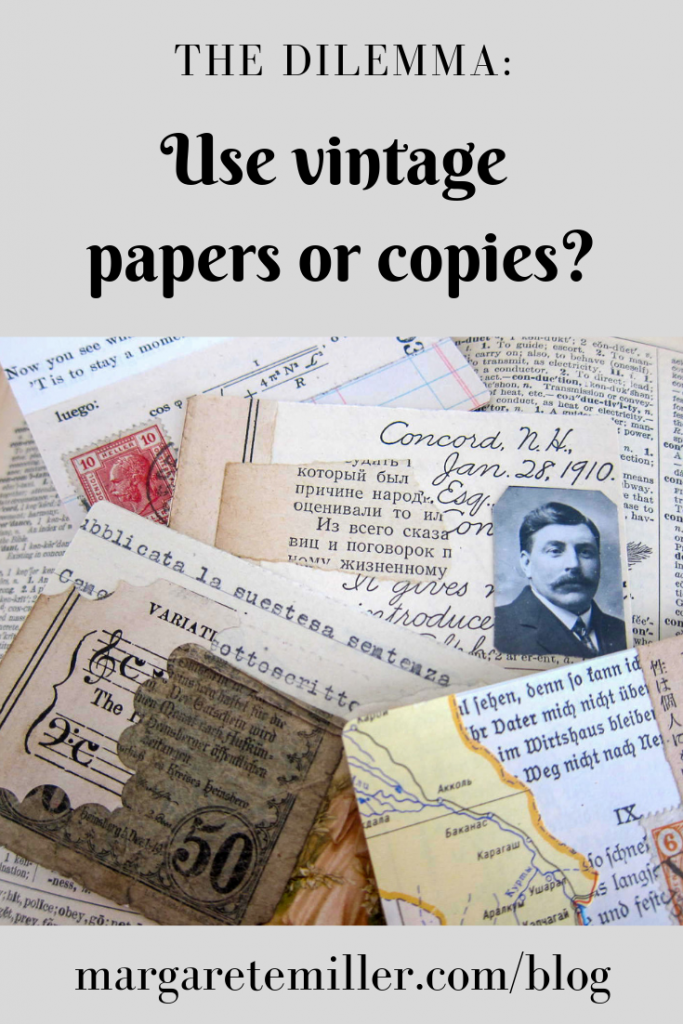
Questions you might be considering
First, I’ll list some questions that someone might ask while contemplating the use of old papers in making art:
- Should I be scanning my old papers and only be using copies?
- Am I being wasteful by destroying old books to use a few pages in art?
- Should I try to contact a historical society or some other organization who could keep and archive old papers?
- What kind of responsibility do I have to preserve papers for the next generation?
I’ll start with the last question first. No one has assigned any responsibility to you to preserve papers for the next generation. This is something you can choose to do if you wish, and I would think this would be for important family documents like birth certificates, deeds, military records, etc. If you decide to collage with these kinds of things, including original family photos and portraits, make good copies first. Once you have copies, and you have a collage-art project in mind, you’d have to decide if you want to use the originals or work with the copies. Using originals of these kinds of papers might seem sacrilegious, but there are lots of people in the world that simply don’t put a value to these kinds of papers. I could see myself using original family documents if I had a project that was worthy of them, such as a journal that I would be passing on to my children. But I wouldn’t use them for making mail art, for example.
Should you be scanning all old papers and using copies in your work? No. That’s not necessary. Many artists prefer to use the original piece over a copy. Some artists stipulate that only original papers can be used instead of copies. It’s just a personal preference when making art. With originals, you are more careful and deliberate when working with limited materials. The stakes are higher. You are more mindful of every little piece. Original vintage paper adds a characteristic that goes beyond style. It’s a layer of age that enhances the final product. Reproductions are nice, but they often can’t compete with the real thing in collage art.
Evaluating vintage papers can help you decide
There are times when you may decide not to use originals, however, but I don’t have a rule for this. Each bit of ephemera and vintage paper has to be evaluated on its own:
- What is it?
- Roughly, how old is it?
- How “unique” is it?
- What condition is it in?
- How much do you like it?

Here’s an example. I bought these vintage trade cards for $1.50 a piece. That’s actually more than what I would typically spend for vintage papers that I use in my art, but these were a set, they are beautiful to me, and I could envision using them right away in a collage project (I just haven’t gotten around to it yet). Let me evaluate them:
- What are they: vintage French trade cards
- How old: 1905 to 1915
- How unique: As a set, pretty unique
- What condition: very good, just a few corner creases
- How much do I love them: a lot
Notice that my list of questions does not include how much did I pay for it. Price doesn’t determine the value of the item to me personally. Sellers don’t price vintage papers consistently anyway; sometimes you can find something valuable that is priced cheaply, and other times, something that has little value, such as a blank vintage postcard, is marked too expensively.
If I’ve established that these French trade cards are unique and of value to me because I really like them and are in very good condition, will I use them in my art, or will I use copies? Deciding when I have a specific project in mind is a good idea. I could see myself using the originals as a set and envision a gluebook dedicated just to these cards, with one spread per card. I’ll leave that possibility open. I also like the idea of scanning them and using them in several different kinds of projects such as postcard art or other kinds of mail art.
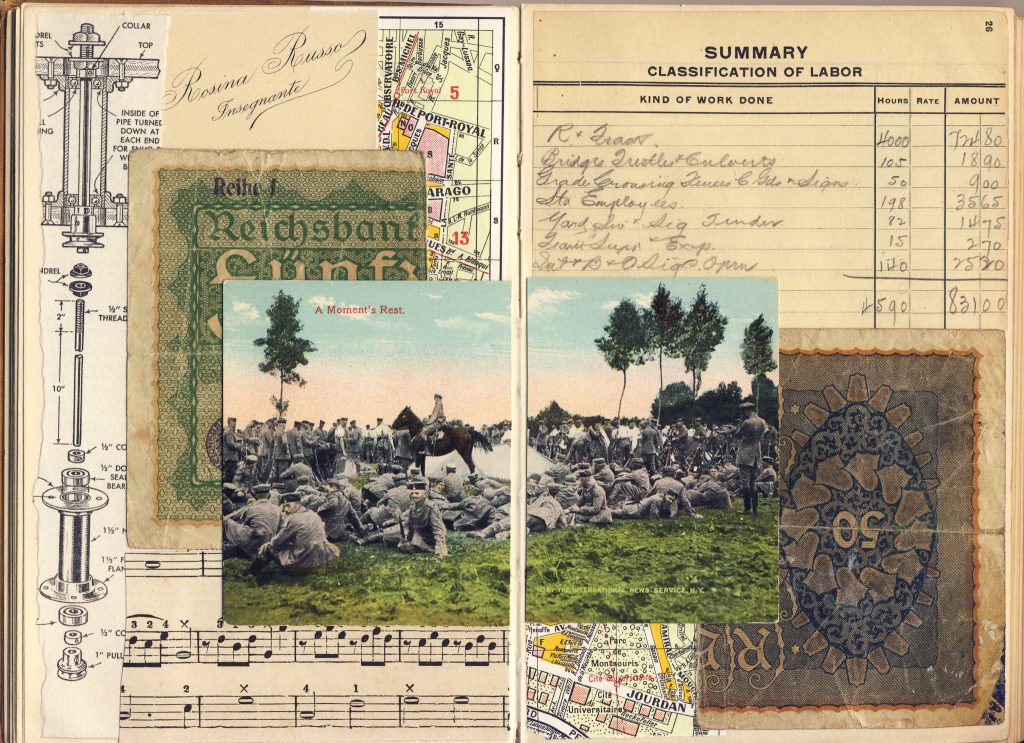
Tear up a book?!!
So is it ok to destroy an old book to use pages in collage art? Yes, it is, as long as you are using the pages wisely and with purpose. If you buy a used book for the intention of tearing it up to use in art, then begin to tear it up when you are in the process of creating. I don’t buy a used book, tear it up and make sets of pages that I will someday use in art projects; I leave it whole until I want to actually use it. It could turn out that I’ve decided I don’t want to use those pages after all, and end up giving the book away. Once you’ve torn out pages to use, keep these kinds of torn-out-page books together in a separate area so you know where to return when you need more pages in future projects.

Why is it ok to tear up old books to use in art? First off, if you are using your pages responsibly, as described above, you are not being wasteful while creating art. Also, though the pages may be old, if they are in a book that you bought used/second hand, it’s possible that those pages wouldn’t have seen the light of day until you came along. Many old books are thrown straight into the recycle bin or trash. If you are creating something with these old pages, a new set of eyes are going to be seeing it.
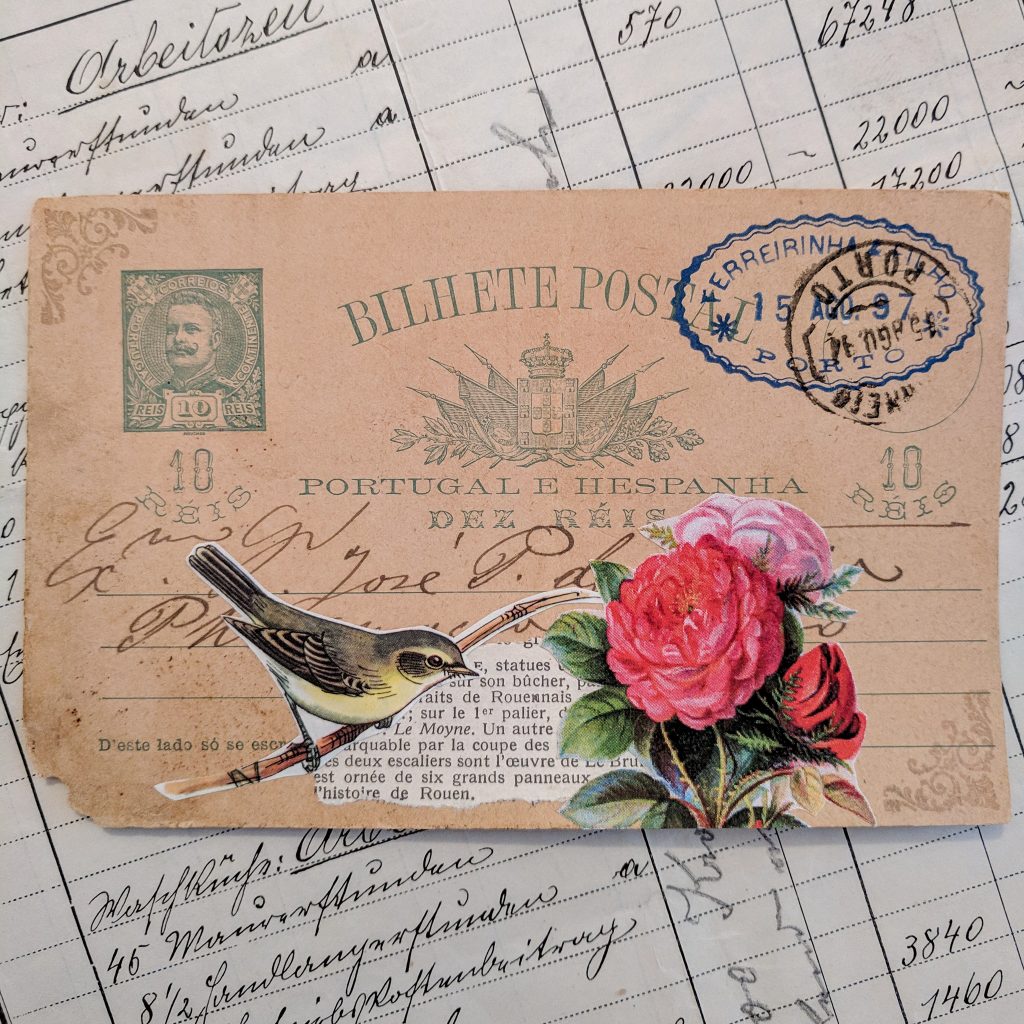
Should you try to contact a historical society or some other organization that collects old papers? Since I am a volunteer at my local historical society, I can say that unless you have documents or books that are specifically about or from a particular town or city, a local historical society will not be interested in it. If, for example, you have acquired a box of vintage photos of street cars in downtown Los Angeles, then yes, the LA historical society would likely love to have those and would probably be willing to pay for the shipping to get a hold of them. If you have a vintage school reader from the 1860s, it might seem precious, but unless it has an interesting inscription or it belonged to someone famous, it probably isn’t worth much. Readers were produced in large quantities so even though it’s old, it’s not valuable to anyone but you. But that’s ok, right? If you value it, you will treasure it and use it wisely. Perhaps you won’t use it at all and it will sit in your bookshelf in its untouched condition instead. That’s ok too. Teach someone or find someone else to treasure it.
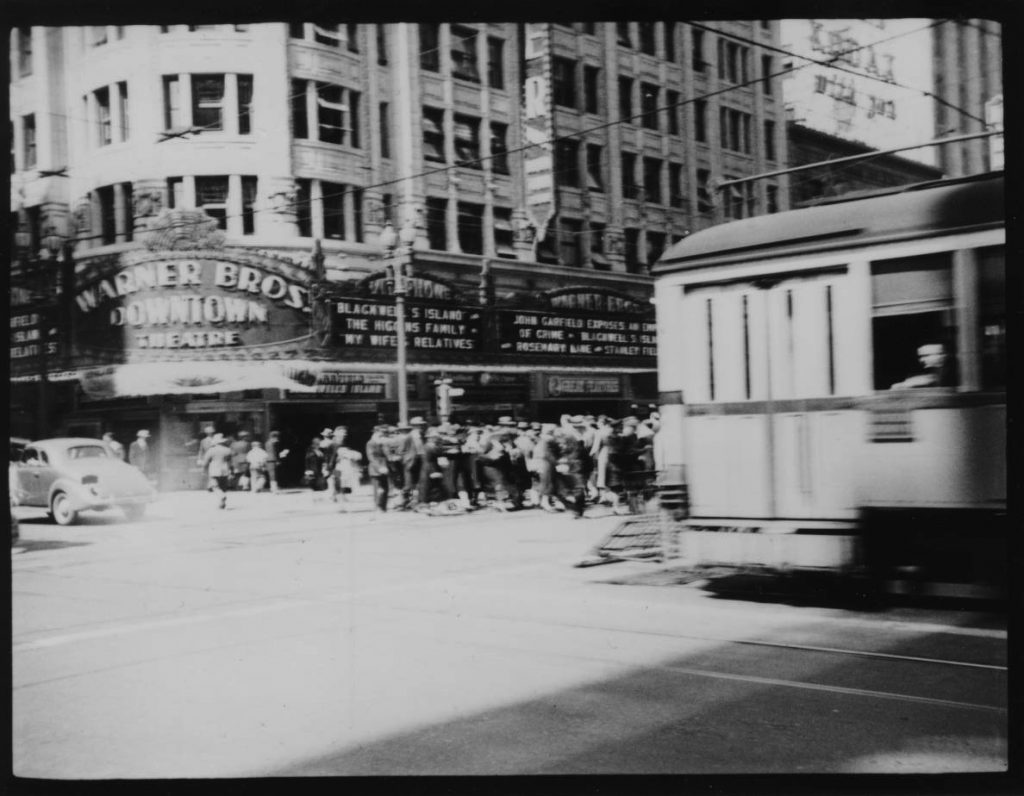
Does it bring you joy?
I wrote another post about evaluating how much is too much paper ephemera. If you are making copies instead of using originals, chances are you’re amassing quite a lot of papers that will have to be stored somewhere in your home and probably taking up a lot of space. Who is going to look at those old papers? If you make something useful out of those originals, it brings you enjoyment and gives others the opportunity to see, notice or enjoy what you’ve created rather than if those papers were stored away.
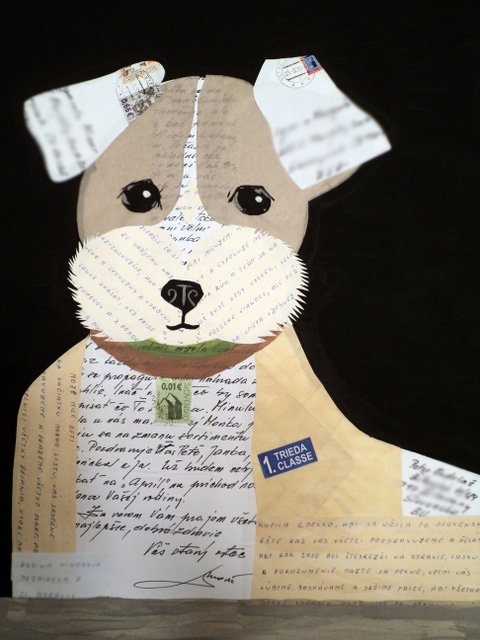
Whatever you decide will be fine. No one is looking over your shoulder judging you while you work. You get to decide and you get to justify using an original paper or not.


